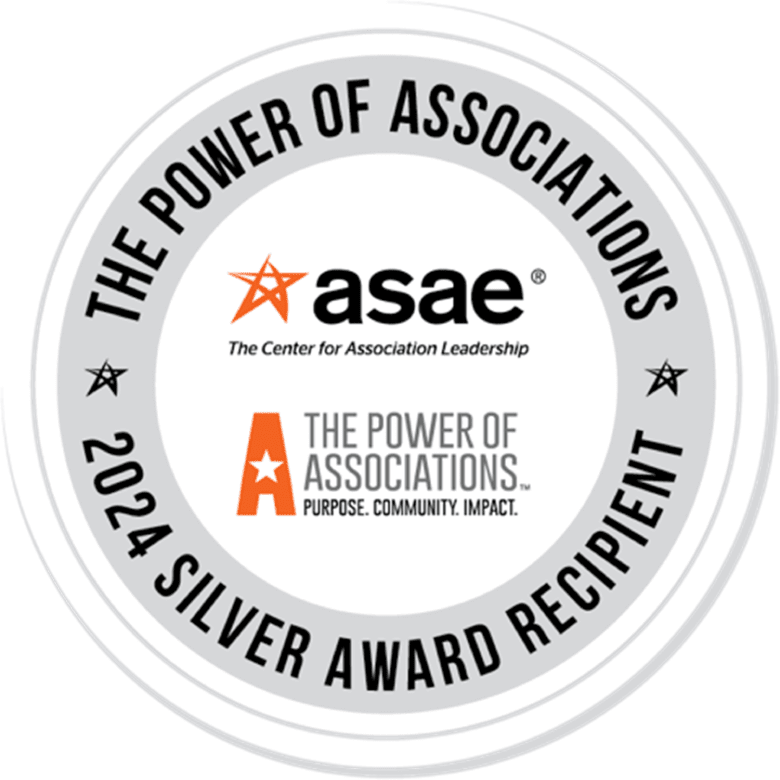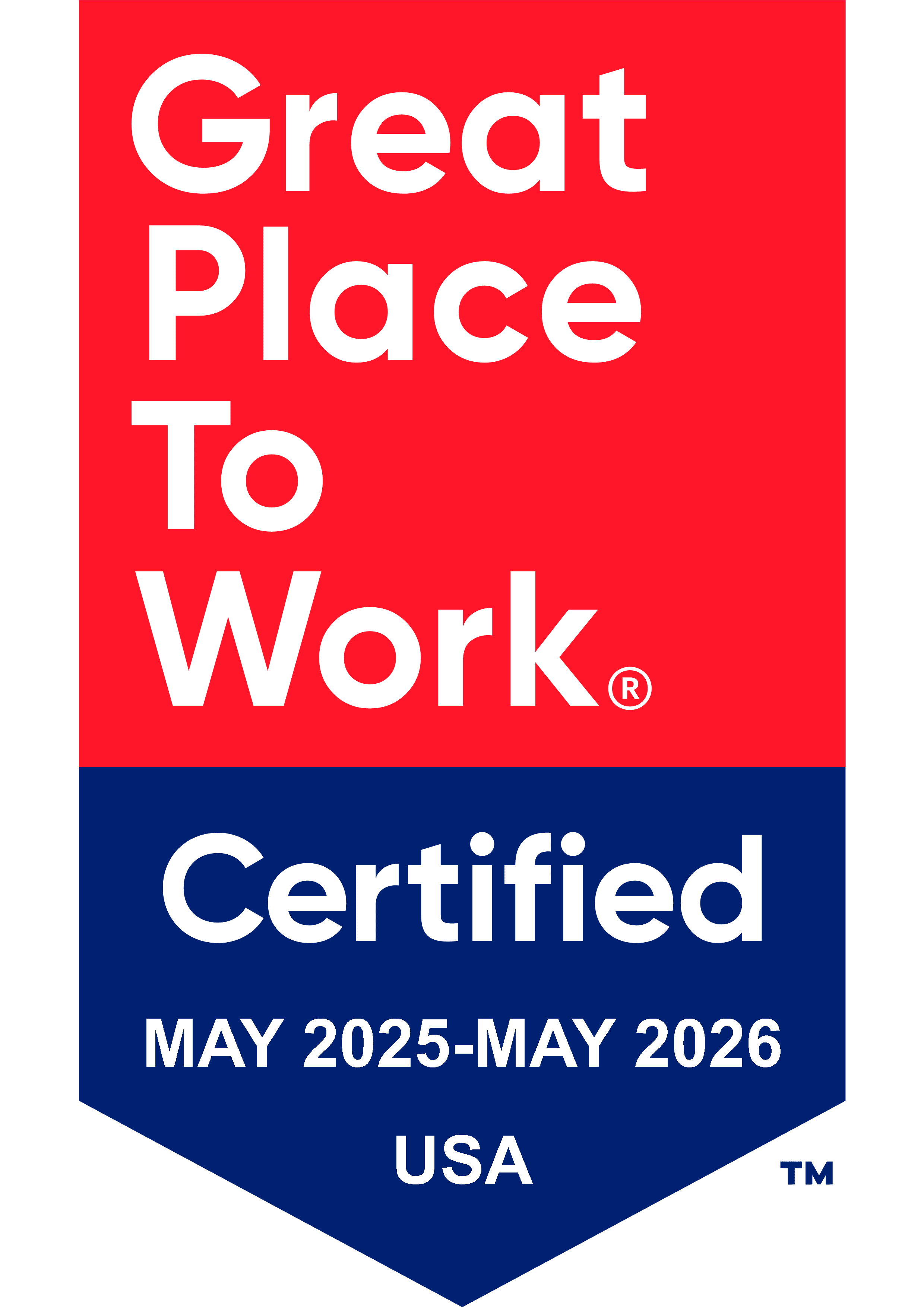SUPPORT Act
Key Provisions of P.L. 115-271: SUPPORT for Patients and Communities Act–Arrayed by CADCA’s 7 Strategies for Community Change
Note: The Drug Free Communities Program, with the Community Anti-Drug Coalition Institute pursues all seven of these comprehensive strategies and is reauthorized for an additional five years from FY18 through FY22.
- Providing Information
- Emerging Threats Committee, Plan, and Media Campaign (Section 8218)– Establishes an emerging threats coordinator and committee in ONDCP to monitor these drug trends and authorizes the new director of that office to determine if a medical campaign would be appropriate to address each new threat ($25 million);
- Communication with Families During Emergencies (Section 7052) – Reminds healthcare providers annually that they are allowed under current federal privacy laws to notify families, caregivers, and health care providers of overdose emergencies involving a loved one;
- Report on Effects on Public Health of Synthetic Drug Use (Section 7001)– Requires the Surgeon General to report to Congress on the public health effects of synthetic drug use among adolescents and young adults in order to educate parents and the medical community.
- Building Skills
- Treatment, Education, and Community Help to Combat Addiction (Section 7101) – Expands medical education and training resources for healthcare providers to better address addiction, pain, and the opioid crisis;
- Preventing Overdoses While in Emergency Rooms (Section 7081) – Improves emergency departments’ ability to effectively screen, treat, and connect substance use disorder patients with care;
- Inclusion of Opioid Addiction History in Patient Records (Section 7051) -Requires HHS to develop best practices for prominently displaying substance use disorder treatment information in electronic health records, when requested by the patient;
- Early Interventions for Pregnant Women and Infants (Section 7063) – Develops and disseminates educational materials for clinicians to use with pregnant women for shared decision-making regarding pain management during pregnancy;
- First Responder Training (Section 7002) – Expands first responder training, authorized through the Comprehensive Addiction and Recovery Act, to include training on safety around fentanyl and other synthetic and dangerous substances;
- Empowering Pharmacists in the Fight Against Opioid Abuse (Section 3212) – Develops and disseminates training resources to help pharmacists better detect fraudulent attempts to fill prescription medications.
- Providing Support
- Expansion of Telehealth Services (Section 1009; 2001; 3232) – Expands access to substance use disorder treatment and other services through the use of telehealth;
- Comprehensive Opioid Recovery Centers (Section 7121) – Establishes model comprehensive treatment and recovery centers to ensure individuals have access to quality treatment and recovery services;
- Supporting Family-Focused Residential Treatment (Section 8081, Section 8083) – Enhanced family-focused residential treatment; $20 million in funding for HHS to award to states to develop, enhance, or evaluate family-focused treatment programs to increase the number of evidence-based programs;
- More Flexibility for Prescribing Medication Assisted Treatment (Section 3201, 3202) – Increases the number of waivered health care providers that can prescribe or dispense treatment for substance use disorders, such as certified nurses and accredited physicians;
- CAREER Act (Section 7183) – Improves resources and wrap-around support services for individuals in recovery from a substance use disorder who are transitioning from treatment programs to independent living and the workforce;
- Ensuring Access to Quality Sober Living (Section 7031) – Develops and disseminates best practices for operating recovery housing to ensure individuals are living in a safe and supportive environment;
- Sobriety Treatment and Recovery Teams (START; Section 8214) – Establishes and expands the implementation of the START program, which pairs social workers and family mentors with a small number of families, providing peer support, intensive treatment and child welfare services;
- Plans of Safe Care (Section 7065) – Supports states in collaboration and improving plans of safe care for substance-exposed infants;
- Families and Patients in Crisis (Section 8212) – Grants to expand services for patients and families impacted by substance use disorder and in crisis;
- Grants to Improve Trauma Support Services and Mental Health Care for Children and Youth in Educational Settings (Section 7134)– Authorizes a new $50 million program in the Department of Education to increase student access to evidence based trauma support services.
- Enhancing Access and Reducing Barriers
- Access to Increased Drug Disposal (Section 3251-3260) – Awards grants to states to enhance access of prescription drug disposal programs.
- Changing Consequences/Incentives
- Criminal Penalties (Section 8122) – This provision makes it illegal to pay or receive kickbacks in return for referring a patient to recovery homes or clinical treatment facilities;
- Reauthorization of Key Law Enforcement Programs (Section 8205-8212) – Reauthorizes law enforcement programs through the Office of National Drug Control Policy, such as the High Intensity Drug Trafficking Area program, drug courts, COPS Anti-Meth Program, and COPS anti-heroin task force program;
- Opioid Addiction Recovery Fraud Prevention (Sections 8021-8023) – Subjects those who engage in unfair or deceptive acts with respect to substance use disorder treatment services or substance use disorder treatment products to civil penalties for first time violations by the FTC; includes a savings clause for existing FTC and FDA authorities.
- Changing the Physical Design of the Environment
- Safe Disposal of Unused Medication (Section 3222) – Allows hospice workers to dispose of unused medications on site or in patient’s homes;
- Safety-Enhancing Packaging and Disposal Features (Section 3032)– Requires drug manufacturers to package certain opioids to allow for a set treatment duration, for example, a blister pack with a 3 or 7-day supply and takes into consideration patients with functional limitations. This provision also clarifies FDA’s authorities to require manufacturers to give patients safe options to dispose of unused opioids, such as safe disposal packaging or safe disposal systems for purposes of rendering unused drugs non-retrievable.
- Changing Rules and Policies
- Alternatives to Opioids in the Emergency Department (Section 7091) – Explores alternative pain management protocols in order to limit the use of opioid medications in emergency departments;
- IMD CARE Act (Section 5052) – Expands Medicaid coverage up to 30 days for individuals between 21 and 65 years old receiving care in a treatment facility for all substance use disorders, lifting the 16 bed restriction;
- Substance Use Disorder Workforce Loan Repayment (Section 7071) – Enhances the substance use disorder treatment workforce by creating a student loan repayment program for healthcare professionals;
- Delivery of a Controlled Substance by a Pharmacy to be Administered by Injection or Implantation (Section 3204) – Allows pharmacies to deliver implantable or injectable medications to treat substance use disorders directly to health care providers;
- Expanding Access to Medication in In-Patient Facilities – (Section 5052) – Expanded Medicaid coverage up to 30 days for inpatient facilities- applies to providers who provide a minimum of two types of medicines to treat opioid use disorder;
- Caring Recovery for Infants and Babies (Section 1007) – Expands Medicaid coverage for infants with neonatal abstinence syndrome who are receiving care in residential pediatric recovery centers;
- Health Insurance for Former Foster Youth (Section 1002) – Allows former foster youth to keep their Medicaid coverage across state lines until age 26;
- Modifies IMD Exclusion for Pregnant and Postpartum Women (Section 1012) – Allows for pregnant and postpartum women who are receiving care for substance use disorder in a treatment facility to receive other Medicaid-covered care, such as prenatal services;
- Public Health Laboratories Detecting Fentanyl and Other Synthetic Opioids (Section 7011) – Improves coordination between public health laboratories and laboratories operated by law enforcement to improve detection of fentanyl and other synthetic opioids;
- Synthetics Trafficking and Overdose Prevention (Section 8006, 8007) – Improves Federal agencies ability to detect synthetic opioids and other substances from entering the United States through the mail;
- Safety-Enhancing Packaging and Disposal Features (Section 3032) – Requires certain opioids to be packaged into 3 or 7 day supplies and requires safe prescription drug disposal options to be given to patients upon receiving medications.

